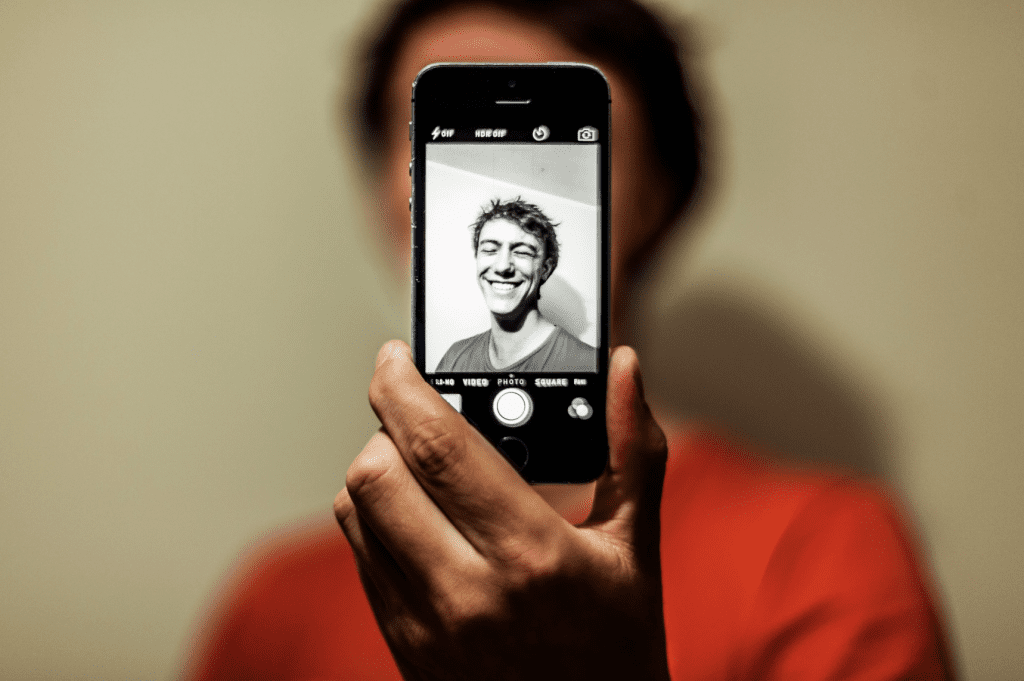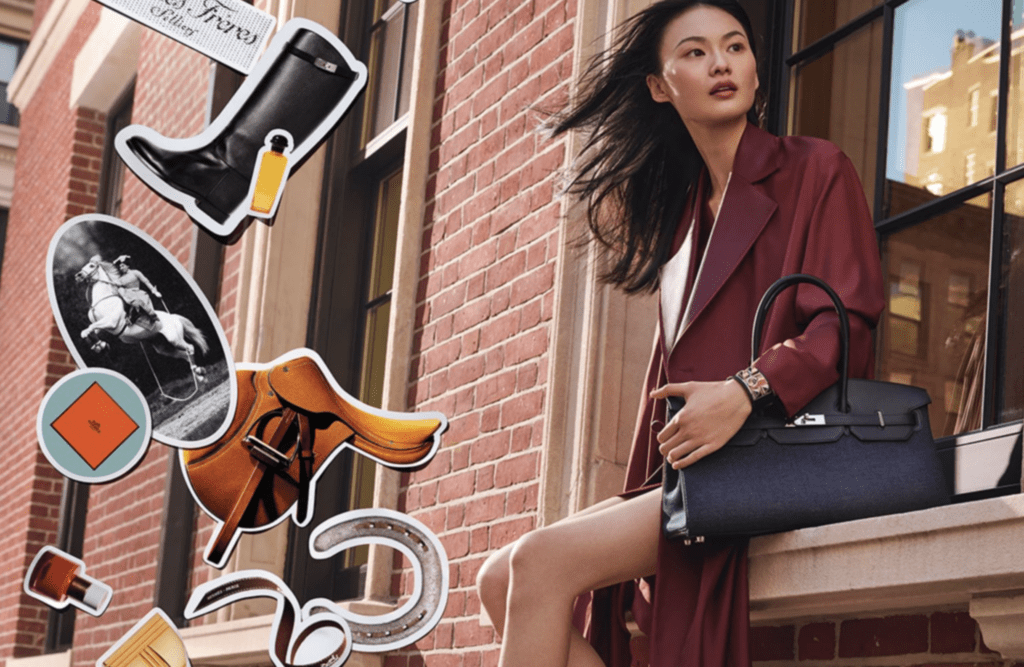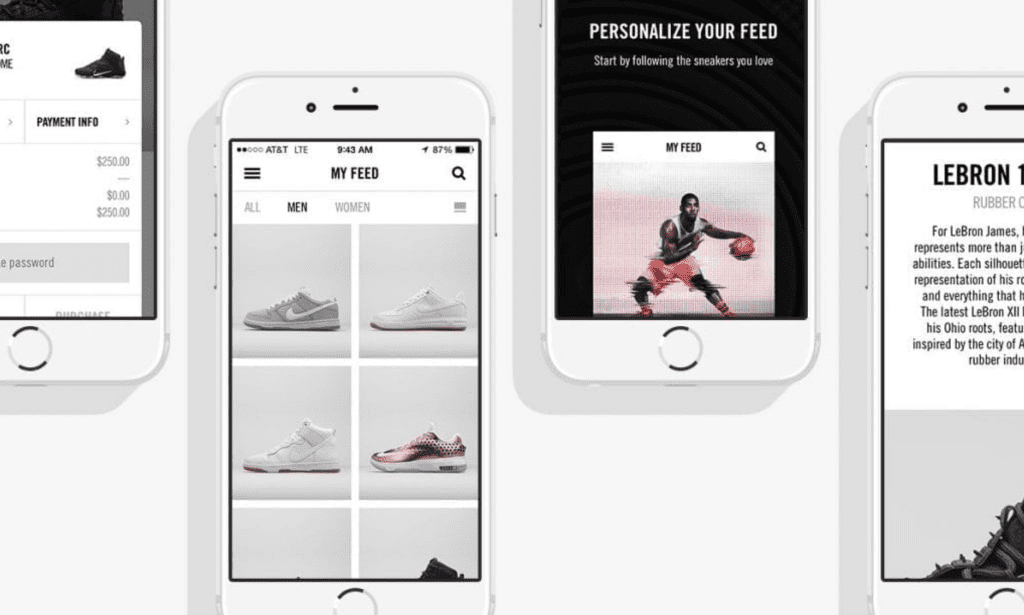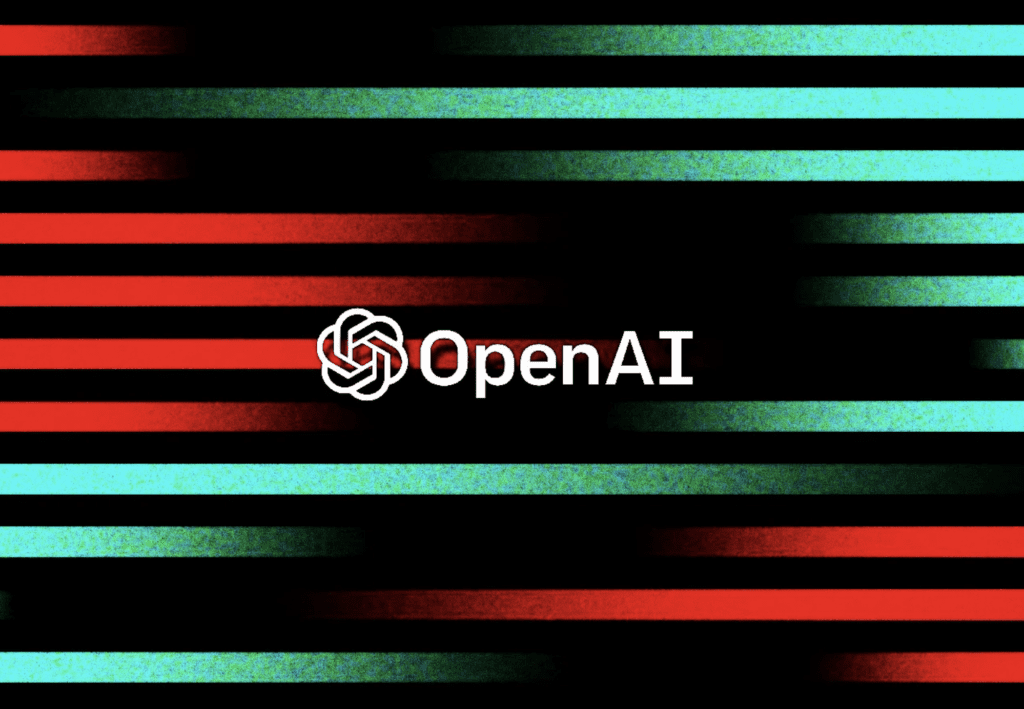An artificial intelligence (“AI”)-powered “face swap” app cannot escape the right of publicity class action lawsuit that is being waged against it. On the heels of a tentative ruling late last month, Judge Wesley Hsu of the U.S. District Court for the Central District of California denied Defendant NeoCortext’s motions to dismiss and strike, holding that Plaintiff Kyland Young has adequately pled that it “‘knowingly’ used his identity when it compiled his images with his name in the Reface application and made the images available for users to manipulate,” and in doing so, met his burden to show “a probability of prevailing” on his right of publicity claim.
For some background: Young filed suit against NeoCortext, accusing the company behind the deepfake app of running afoul of California’s right of publicity law by enabling users to swap faces with famous figures – albeit without ever receiving authorization from those well-known individuals to use their likenesses. In his complaint, Young asserts that NeoCortext has “commercially exploit[ed] his and thousands of other actors, musicians, athletes, celebrities, and other well-known individuals’ names, voices, photographs, or likenesses to sell paid subscriptions to its smartphone application, Reface, without their permission,” thereby, giving rise to a single cause of action under the California Right of Publicity Statute.
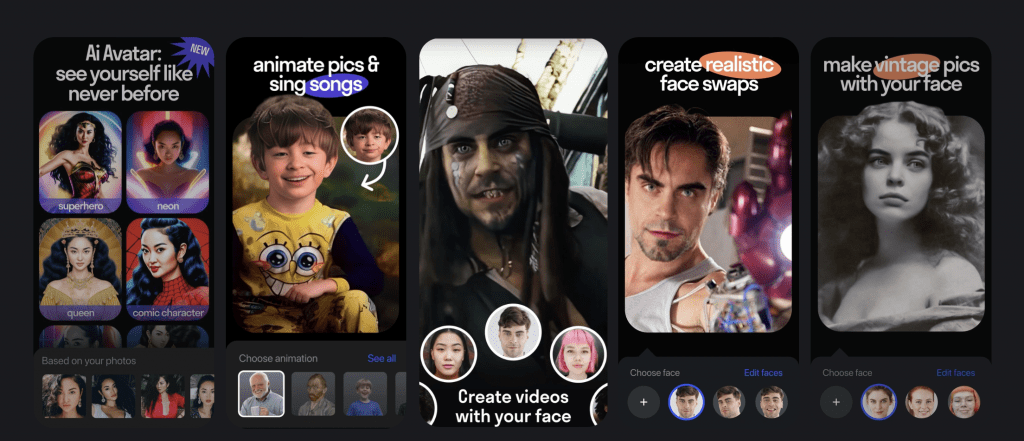
In its May 31 motion to dismiss and strike, NeoCortext argued that: (1) Young’s right of publicity claim is preempted by the Copyright Act; (2) his claim is barred by the First Amendment; and (3) he has not made a prima facie showing that NeoCortext violated his right of publicity.
Motion to Dismiss & Strike
Fast forward to September 5 and the court sided with Young, finding that the reality TV personality showed “a probability of prevailing” on his right of publicity claim, and thereby, refusing to dismiss the claim or strike it under California’s anti-SLAPP statute. Evaluating NeoCortext’s burden under the first step of anti-SLAPP inquiry, namely, to show that the conduct underlying the case was done “in furtherance of the [defendant’s] right of petition or free speech … in connection with a public issue,” the court found that NeoCortext’s use of Young’s image “gives users a tool for such expression,” and is, therefore, “conduct in furtherance of” users’ free speech rights. Satisfying the “public issue” element, the court held that NeoCortext’s conduct (using celebrities’ likenesses in the Reface app) “could directly affect many people whose images might also be used” and that its use of technology to alter images and videos of individuals in a way that makes them look realistic is “a topic of widespread public interest.”
Young does not dispute any of this, according to the court, and “NeoCortext has shown that its conduct is in furtherance of the right of free speech made in connection with a public issue, it has satisfied its burden on the first step of the anti-SLAPP analysis.”
With NeoCortext successfully carrying its burden on the first step of the anti-SLAPP analysis, the burden shifts to Young to show “a probability of prevailing on the claim.” NeoCortext pushed back here for the three reasons above. The court considered these individually, finding …
Preemption – “Young’s right of publicity claim does not fall within the subject matter of copyright. Like the plaintiffs in Downing, Young does not challenge the control of the images used in the Reface application, nor is his complaint about the “mere republication” of those images. Rather, the basis of Young’s claim is that NeoCortext uses his likeness on advertising and merchandise when it allows users to create a product containing his image.”
First Amendment – “At this stage, to defeat Young’s claim, NeoCortext must show that its use is transformative as a matter of law,” the court stated. NeoCortext argues that it has done so because “[t]he very purpose of Reface is to transform a photo or video in which [Young’s] (or others’) image appears in a new work in which [Young’s] face does not appear.” The problem, according to the court, is that Young’s face is the only thing that changes in the end product; in at least “some instances, the end photograph still depicts the rest of Young’s body in the setting in which he became a celebrity.”
“The replacement of Young’s face in the Reface application is most analogous to the replacement of [Paris] Hilton’s body in the greeting card at issue in Hilton v. Hallmark Cards or the use of computer-generated images of athletes in a sports video game as in In re NCAA Student-Athlete.” While such use “may ultimately be deemed transformative as a matter of fact, that does not entitle NeoCortext to the defense as a matter of law,” per Judge Hsu. “NeoCortext has therefore not shown that the First Amendment bars Young’s right of publicity claim.”
Prima Facie Showing – A right of publicity claim under California law requires a plaintiff to establish: “(1) the defendant’s knowing use of his identity; (2) the appropriation of his name or likeness to the defendant’s advantage, commercially or otherwise; (3) a direct connection between the alleged use and the commercial purpose; (4) a lack of consent; and (5) a resulting injury.” NeoCortext’s main argument here, the court stated, is that Young has not established that it “knowingly” used his identity in the Reface app. Meanwhile, Young argues that his allegations lead to the reasonable inference that NeoCortext acted knowingly by “programm[ing] an app that scraped video clips of him, indexed him in its database, permitted him to be searchable through the [application’s] search bar, and allowed users to become him.”
Since NeoCortext “does not provide support for its apparent assertion that ‘knowingly’ means ‘with affirmative knowledge of’ the presence of Young’s image in the Reface application,” the court found that Young has adequately pled that NeoCortext “knowingly” used his identity when it compiled his images with his name in the Reface app and made the images available for users to manipulate. And thus, he has shown “a probability of prevailing on the claim.”
THE BIGGER PICTURE: Young’s lawsuit is one of the latest to center on the products of generative AI outputs – joining cases like the ones that have been lodged against Stability AI and co. While the most attention-garnering lawsuits in this space have centered on allegations of infringement in the AI model training and output stages, a growing number of suits center on right of publicity and facial recognition causes of action. “A few narrow cases involving the use of AI in connection with facial recognition software may end up being better received by courts,” K&L Gates’s Christopher Valente, Michael Stortz, Amy Wong, Peter Soskin, and Michael Meredith stated recently. “The reason is, in part, that these cases can more clearly identify specific individuals that have suffered harm – namely, those that have had their faces scanned and analyzed without permission.”
In addition to Young’s case against NeoCortext, Jack Flora’s lawsuit against Prisma Labs is relevant here. Flora claims that despite “collecting, possessing, storing, using, and profiting from” Lensa users’ biometric identifiers namely, scans of their “facial geometry,” in connection with its creation of custom avatars, the company behind AI image-generating app, Lensa A.I. has failed to properly alert users about the biometric data its collects and how it will be stored/destroyed, as required by the Illinois data privacy law.
As these and other generative AI-focused cases continue to work their way through the courts, Valente, Stortz, Wong, Soskin, and Meredith assert that “recent trends suggest that plaintiffs’ attorneys may be eager to expand beyond the generative AI developers” – like NeoCortext and Prisma – “to target companies that adopt or use generative AI products or solutions.” As such, they state that businesses exploring or using generative AI products and services “would do well to ensure they understand the technology they are adopting, as well as the risks associated with how that technology works.”
The case is Kyland Young v. NeoCortext, Inc., 2:23-cv-02496 (C.D. Cal.).




